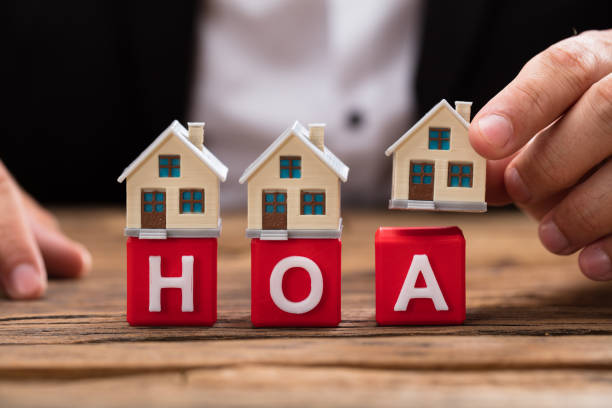Tariffs And Effect On Housing Market

Tariffs, particularly on building materials like lumber, steel, and appliances, are expected to increase construction costs and potentially lead to higher home prices, impacting both new home construction and renovations.
Redfin reported that instability caused by the new tariffs will almost certainly cause volatility in mortgage rates and make the path of rate cuts from the Federal Reserve (previously forecasted as two or three 25-basis point reductions) more uncertain. Short-term economic damage is also expected to push up unemployment and inflation.
Chen Zhao, who leads the Redfin economic team, said that the odds of a recession in the next 12 months rose from 15% at the start of 2025 to 40% after the latest tariffs.
Tariffs are causing:
· Increased Construction Costs:
Tariffs on imported building materials, such as lumber, steel, and appliances, are expected to drive up the cost of these materials, leading to higher construction costs.
· Higher Home Prices:
The increased construction costs are likely to be passed on to consumers in the form of higher home prices, making it more difficult for potential buyers to afford homes.
· Impact on Homebuilders:
Homebuilders are facing the challenge of rising material costs, which could lead to reduced profit margins or even delays in construction projects.
· Supply Chain Disruptions:
Tariffs could disrupt the supply chains for building materials, potentially leading to shortages and further price increases.
Affordability Concerns:
The combination of rising home prices and mortgage rates could exacerbate affordability concerns for potential homebuyers, especially those in the middle-class.
· Renovation Costs:
Tariffs could also impact the cost of home renovations, as imported materials and fixtures become more expensive.
- The National Association of Home Builders estimates that the cost of building materials has already risen by 34% since December 2020, far higher than the rate of inflation.
- Builders estimate a typical cost effect from recent tariff actions at $9,200 per home.
- Some experts predict that household fixtures, such as appliances, lighting, and cabinetry, could increase 10-20%.
That larger economic picture might be the biggest indirect threat to housing, as consumers pull back from big decisions like buying or selling homes. Overall, annual home sales have failed to recapture a significant post-pandemic reduction, which was characterized by some economists as a “housing recession.”
But economists have also largely attributed the relative resilience of the housing markets over the last couple years to a strong labor market. A recession with a significant uptick in unemployment would certainly have a major impact on housing.














 Kim N. Bregman
Kim N. Bregman